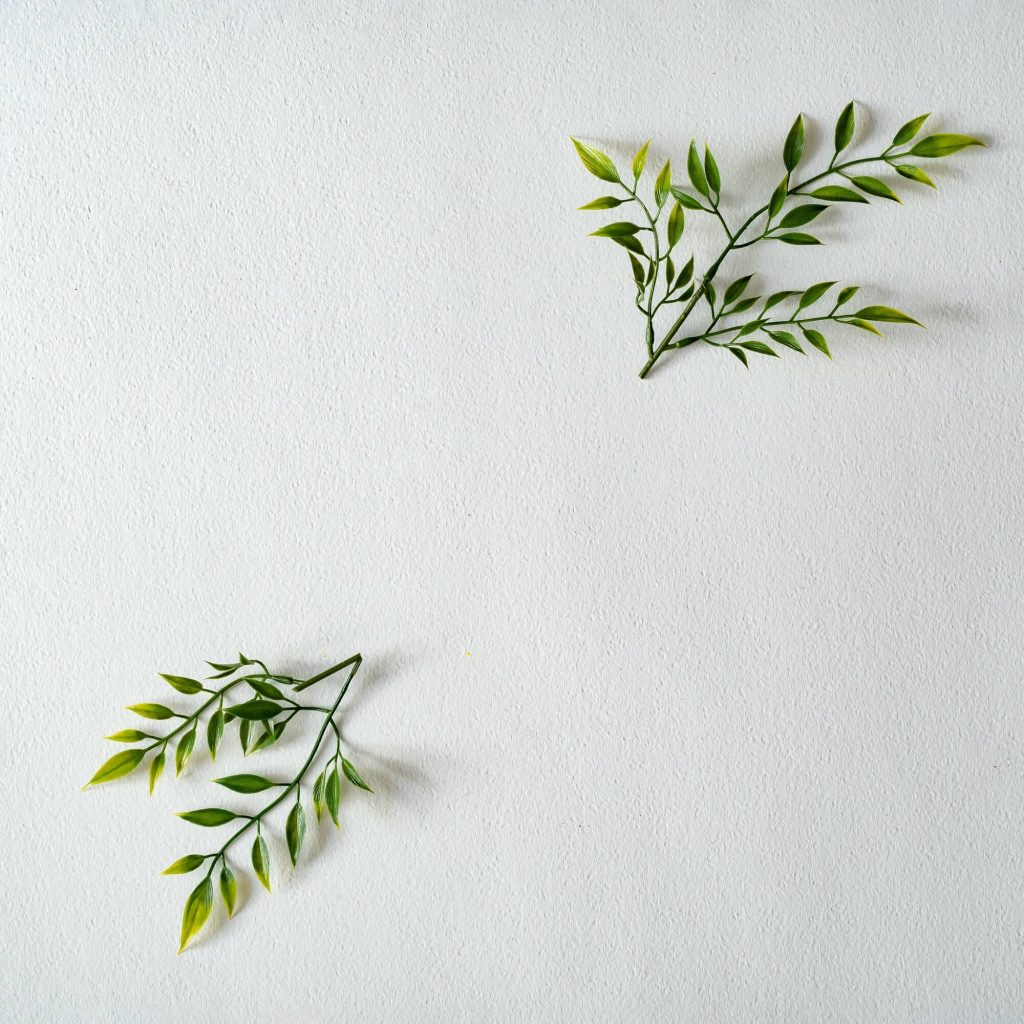Are you struggling with sanding your woodworking projects? Do you want to achieve smooth surfaces without much effort? Look no further! In this article, we will share some woodworking hacks that will make sanding easy and effortless. With these tips, you’ll be able to create smooth surfaces on your woodworking projects in no time.
The Importance of Sanding in Woodworking
Before we dive into the woodworking hacks, let’s first talk about the importance of sanding in woodworking. Sanding is an essential step in finishing any woodworking project. It helps to remove any rough spots, scratches, or unevenness from the surface of the wood. Sanding also prepares the wood for staining, painting, or any other finishing process.
Moreover, sanding helps to enhance the natural beauty of the wood. It brings out the grain patterns and gives the wood a smooth and polished look. However, sanding can be a tedious and time-consuming process, especially if you have to sand large surfaces or intricate designs.
Woodworking Hacks for Effortless Sanding
- Use the Right Sandpaper Grit
The first and most crucial step to effortless sanding is using the right sandpaper grit. Sandpaper comes in varying grit sizes, ranging from coarse to fine. Coarse grits (40-60) are suitable for removing rough spots or paint, while medium grits (80-120) are perfect for smoothing surfaces. Fine grits (150-220) are ideal for finishing and polishing.
Always start with a coarse grit and gradually work your way up to a fine grit. This will ensure that you don’t skip any grit and end up with a smooth surface. Also, remember to change the sandpaper frequently to avoid clogging.
- Choose the Right Sanding Block
Using a sanding block can make sanding much easier and efficient. A sanding block is a tool that holds the sandpaper and provides a flat, even surface for sanding. It helps to distribute the pressure evenly and prevents any uneven sanding.
When choosing a sanding block, look for one that fits comfortably in your hand and has a flat surface. You can also make your sanding block using a piece of scrap wood and sandpaper.
- Sand in the Direction of the Grain
Always sand in the direction of the grain. Sanding against the grain can cause the wood to splinter or tear, leaving rough spots or unevenness. Sanding in the direction of the grain helps to smooth out the surface and bring out the natural beauty of the wood.
- Use a Vacuum or Dust Collection System
Sanding creates a lot of dust, which can be hazardous to your health and make the sanding process more challenging. Using a vacuum or dust collection system can help to remove the dust and debris from the surface, making it easier to see the progress of the sanding.
- Wet Sanding
Wet sanding is an excellent technique for achieving a smooth surface. It involves sanding the wood with water or a lubricant, such as oil or soapy water. Wet sanding helps to remove any scratches or blemishes and creates a slurry that fills in any gaps or pores in the wood.
To wet sand, soak the sandpaper in water or the lubricant and sand in the direction of the grain. Keep the surface wet while sanding and rinse it frequently to remove any debris.
- Use a Sanding Sealer
A sanding sealer is a type of finish that fills in any pores or gaps in the wood and creates a smooth surface. It also helps to seal the wood and prepare it for staining or painting.
To use a sanding sealer, apply it to the wood using a brush or a cloth and let it dry. Sand the surface lightly with a fine-grit sandpaper, and you’re ready to apply the final finish.
Conclusion
Sanding doesn’t have to be a tedious and time-consuming process. With the right tools and techniques, you can achieve smooth surfaces effortlessly. Remember to use the right sandpaper grit, choose the right sanding block, sand in the direction of the grain, use a vacuum or dust collection system, wet sand, and use a sanding sealer.
By following these woodworking hacks, you’ll be able to create smooth surfaces on your woodworking projects and enhance the natural beauty of the wood. So, don’t be afraid to sand, and enjoy the process of creating something beautiful with your own hands.

